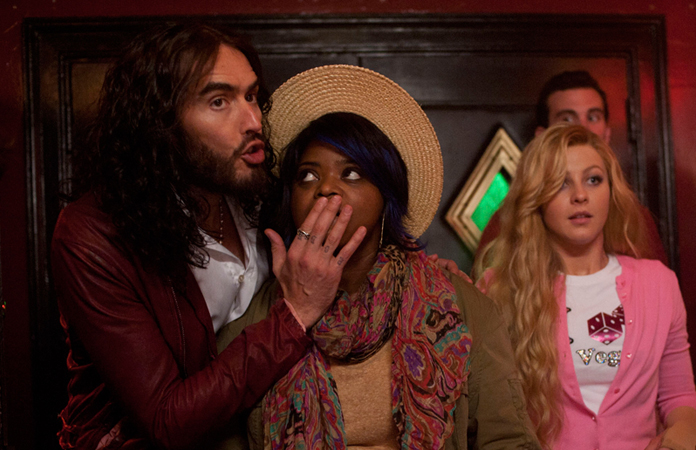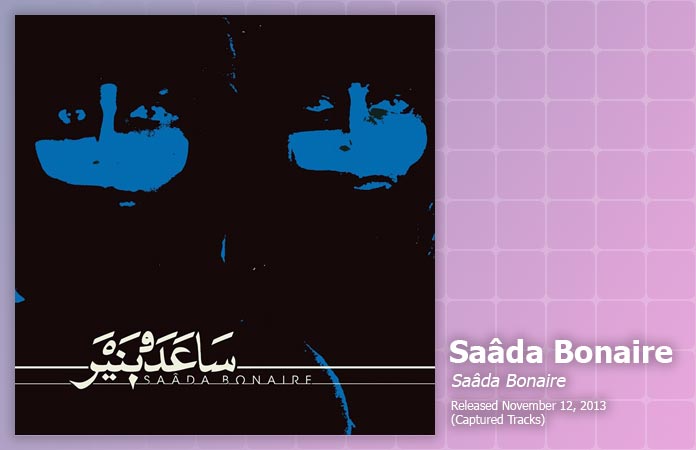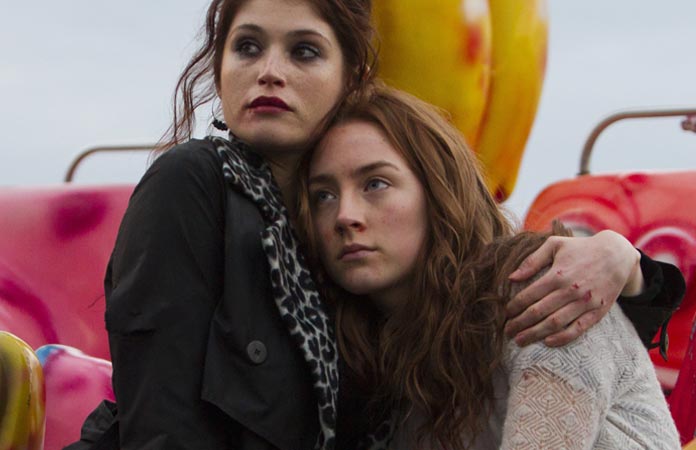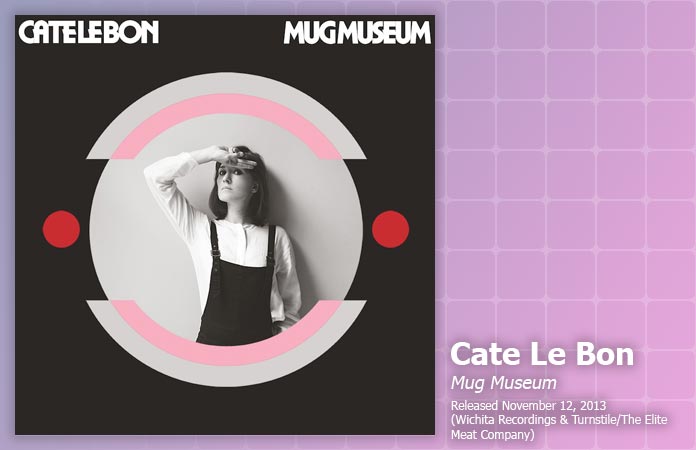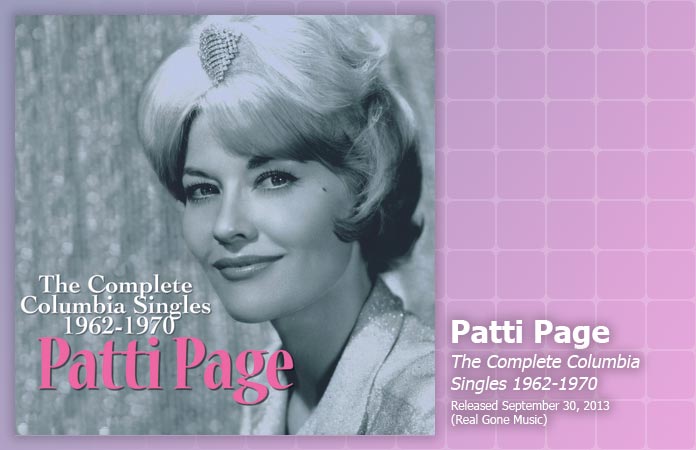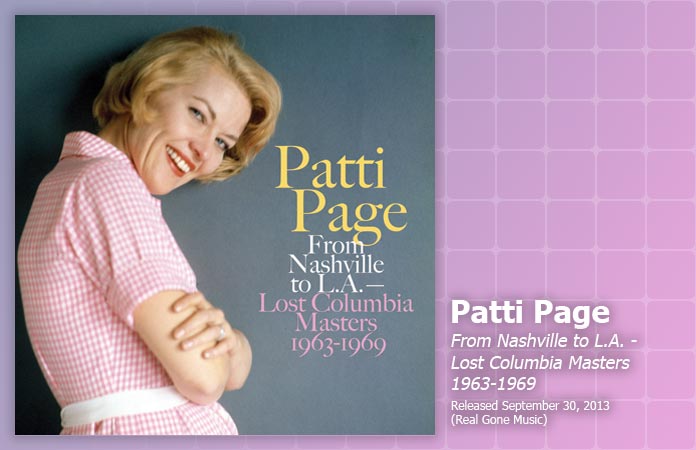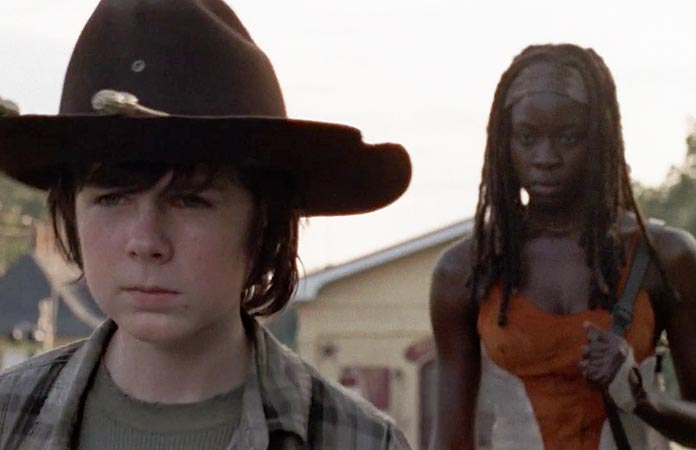Blu-Ray Review: Paradise
Published on December 9th, 2013 in: Blu-Ray, DVD/Blu-Ray Reviews, Feminism, Movie Reviews, Movies, Reviews |Diablo Cody hit it big a few years ago with Juno and everyone and their mother flocked over to her fan club. I watched Juno and admit I enjoyed it, but it was so filled with pop culture one-liners that it became boring. People said it was fresh and new but to me it was someone just trying way too hard. After that, Cody wrote Jennifer’s Body, which I was a fan of because of the silliness and how the film actually presented itself. Of course, people didn’t like this one and it was easily dismissed by critics. Cody wrote another “hit” called Young Adult which was just OK by me and many others.
Recently a new film called Paradise has surfaced that Cody wrote and directed. This is actually her directorial debut and the project she decided to helm first. First off, let me say this film feels like a total passion project for Diablo Cody. I could be wrong, of course, but Paradise falls flat and is so boring it doesn’t feel right.
Music Review: Saâda Bonaire, Saâda Bonaire
Published on November 30th, 2013 in: Culture Shock, Current Faves, Feminism, Music, Music Reviews, Retrovirus, Reviews |There’s a lot to be said about the decidedly bizarre time capsule that is Saâda Bonaire. They weren’t so much a band as an experiment, but one that definitely pays off.
In 1982, Bremen DJ Ralf Behrendt, a.k.a. Ralf von Richthofen, embarked on a musical project that he hoped would replicate something akin to the influence Caribbean and Indian music was having on British pop. Behrendt had an exposure to and fascination with Turkish music due to his work in the German government’s immigration department. He enlisted local Turkish and Kurdish musicians, as well as his then-girlfriend Stephanie Lange and her friend Claudia Hossfeld (who both wrote the songs), to create Saâda Bonaire.
Thirteen tracks were recorded for EMI in Kraftwerk’s Studio N with producer Dennis Bovell, including “You Could Be More As You Are” as the intended single. But then, it all hit a snag.
DVD Review: Passion
Published on November 21st, 2013 in: Current Faves, DVD, DVD/Blu-Ray Reviews, Feminism, Movie Reviews, Movies, Reviews |Oh, Brian De Palma. You broke my heart but I keep coming back. First, it was Mission To Mars, one of the worst movies I’ve ever seen (and this from a diehard MST3K fan). Then it was the dreadful adaptation of James Ellroy’s The Black Dahlia. Still, I was excited about Passion. Noomi Rapace and Rachel Adams in an erotic thriller with lesbian undertones? Who could resist? Not me.
The critics weren’t kind at Passion‘s TIFF premiere in 2012. But Noomi Rapace! Rachel McAdams! Erotic thriller! Plus a score from the great Pino Donaggio. My desire to see the film did not wane.
Well, I’ve now seen Passion. And I have a lot of thoughts, and most of them good. It’s vintage De Palma, that is for certain: heightened emotion masking flatness of emotion, weird artificiality bleeding through lush production design, over-the-top music, exquisite framing, and outlandish narrative. I haven’t seen Alain Corneau’s 2011 inspiration Crime d’amour, so I can’t speak to it, but I now understand why so many hated Passion. It’s not a straightforward movie; it’s a straight-up giallo. Forget Hitchcock. It’s all Italian. There’s even a police investigation, a hallmark of the genre.
Movie Review: Short Term 12
Published on November 15th, 2013 in: Current Faves, Feminism, Movie Reviews, Movies, Reviews |Short Term 12 opens and closes with a group of counselors relaxing outside the at-risk youth foster care facility where they work. Mason (John Gallagher, Jr.) shares a humorous story while Grace (Brie Larson), one of the female counselors, seems skeptical of Mason’s ability to convey the story accurately and without embellishments. They are soon interrupted by Sammy, a resident trying to run away as fast as he can. These bookends hold a lot of emotional wreckage between them, but also indicate that despite all the suffering, life can and does go on and in some cases, does get better.
Blu-Ray Review: Byzantium
Published on November 14th, 2013 in: Blu-Ray, Current Faves, DVD/Blu-Ray Reviews, Feminism, Movie Reviews, Movies, Reviews |I think it’s safe to say that Neil Jordan has a fondness for vampires. Byzantium is his second film about them, and although I haven’t seen Interview with the Vampire in a long time, I feel confident in stating that Byzantium, while dealing with similar themes, is superlative in every way.
Music Review: Cate Le Bon, Mug Museum
Published on November 12th, 2013 in: Current Faves, Feminism, Music, Music Reviews, Reviews |Cate Le Bon’s newest release, Mug Museum, is like something out of a fever dream. A wild mish mash of instrumental slashes and dips, coupled with Welsh native Le Bon’s unusual, beguiling voice and curious phrasing, Mug Museum is challenging listening.
Music Review: Patti Page, The Complete Columbia Singles 1962-1970
Published on October 29th, 2013 in: Current Faves, Feminism, Music, Music Reviews, New Music Tuesday, Retrovirus, Reviews |The fine folks at Real Gone Music have released a definitive compendium of Patti Page records recently. The Complete Columbia Singles 1962-1970 does just what it says on the tin, and paints a portrait of an artist who was prolific and gifted, having a career that spanned seven decades. The photo of Patti Page on the front cover is strikingly beautiful and inside is a two-disc set with copious liner notes that mark the date of release of each song and their various chart positions.
While Page was ubiquitous on the Billboard charts in the 1950s, being the #2 artist of that decade, the liner notes caution us to not think of her in that way solely. In the ’60s and ’70s, she branched out, charting numerous times on the Easy Listening charts as well as the Country charts. The Complete Columbia Singles covers many of those hits.
Music Review: Patti Page, From Nashville to L.A. – Lost Columbia Masters 1963-1969
Published on October 29th, 2013 in: Current Faves, Feminism, Music, Music Reviews, New Music Tuesday, Retrovirus, Reviews |The new Patti Page release From Nashville To L.A.—Lost Columbia Masters 1963-1969 is comprised of unreleased masters from recording sessions in the 1960s. In those days, recording sessions consisted of laying down several tracks in a span of three or so hours, usually three or four songs live with an orchestra. The most commercial pieces would be put out as singles, others would be used as B-sides or album tracks, but there would almost always be songs that didn’t meet either criteria. From 1962-1970, Patti Page recorded almost 200 songs for Columbia. Fifty or so were singles; many were on albums. These leftovers, in no way inferior, are being released on From Nashville To L.A. for the first time.
Assemblog: October 25, 2013
Published on October 25th, 2013 in: Assemblog, Books, Canadian Content, Feminism, Halloween, Horror, Movies, Music, Soundtracks and Scores, Trailers |New this week on Popshifter: Lisa enthuses over the new horror anthology Comfort Foods from the Nashville Writers Group; Jeff suggests five Italian horror movies that you may not have known about and wraps himself up in Fleetwood Mac’s Rumours; Melissa argues that sitars and flutes are more influential than previously thought in her review of The Dawn of Psychedelia and is disappointed in the new Fratellis album, We Need Medicine.
DVD Review: The Walking Dead, Season Three
Published on October 11th, 2013 in: Current Faves, DVD, DVD/Blu-Ray Reviews, Feminism, Horror, Reviews, TV |For a while, it seemed like The Walking Dead was dead to me. While Season Two had its good points, an overall sense of frustration with the static nature of the narrative made me leery of staying loyal to the show. Cutting the cord a couple of years ago meant that I couldn’t watch The Walking Dead air in real time nor on the Internet (and I’m not into torrents). The third season of the show, however, has reminded me of everything I loved about it in the first place and also managed to surprise me in ways I did not expect.
